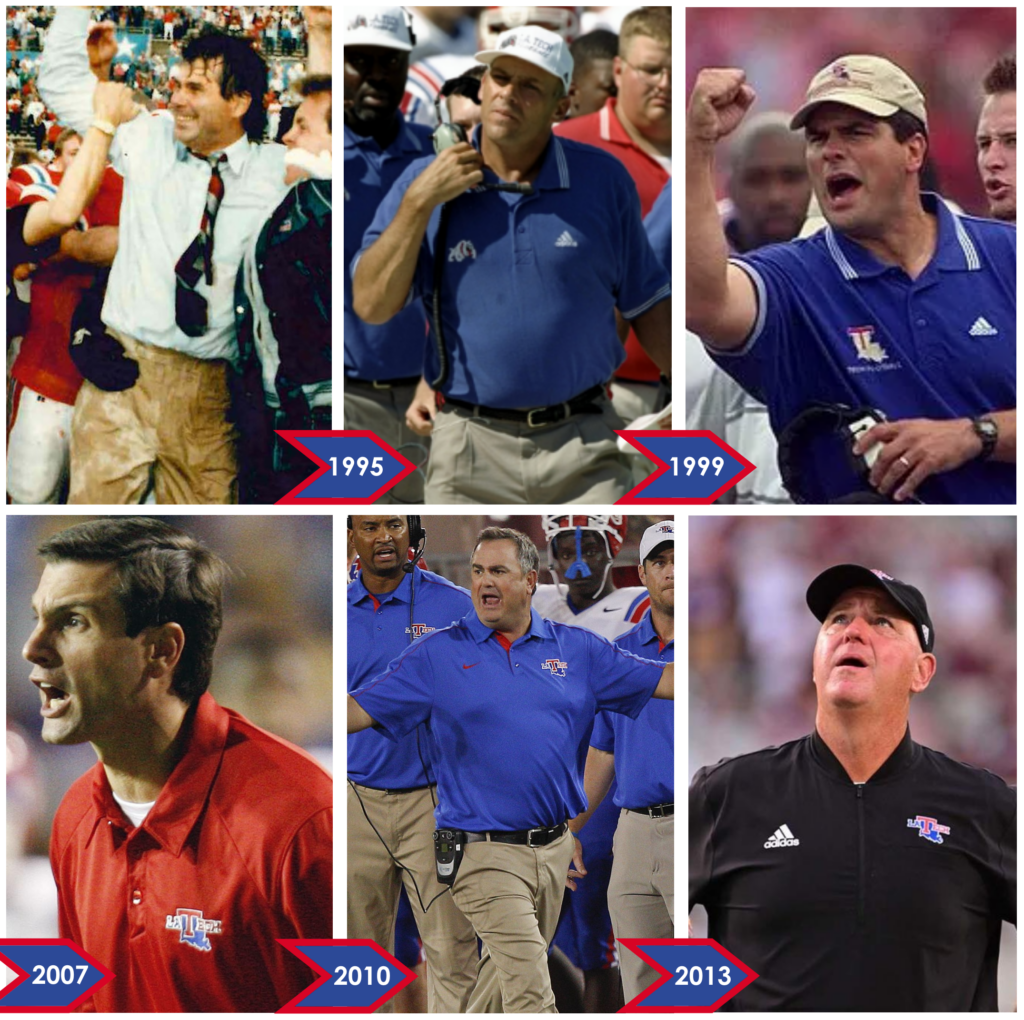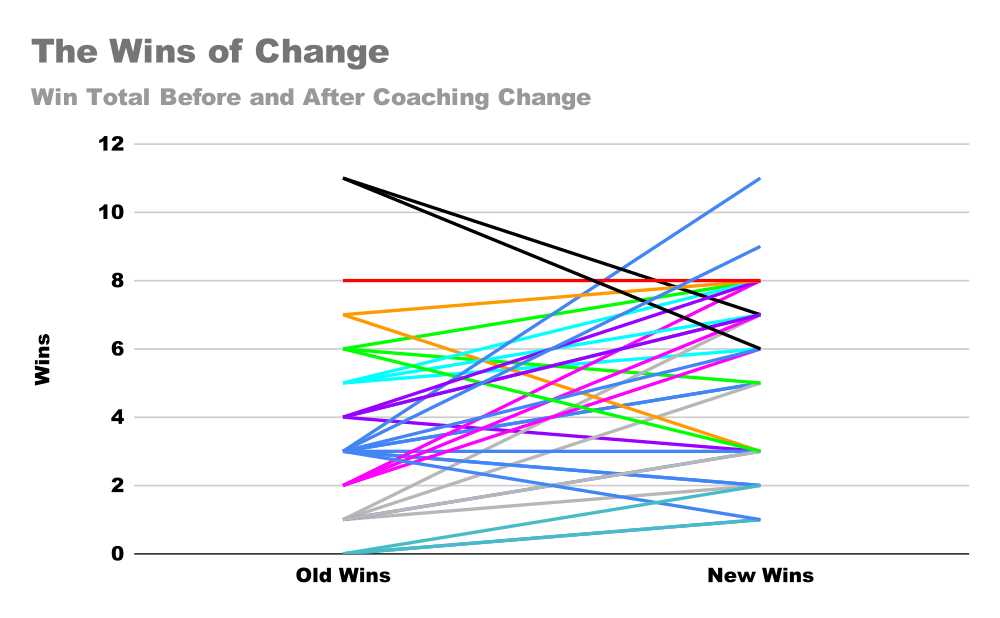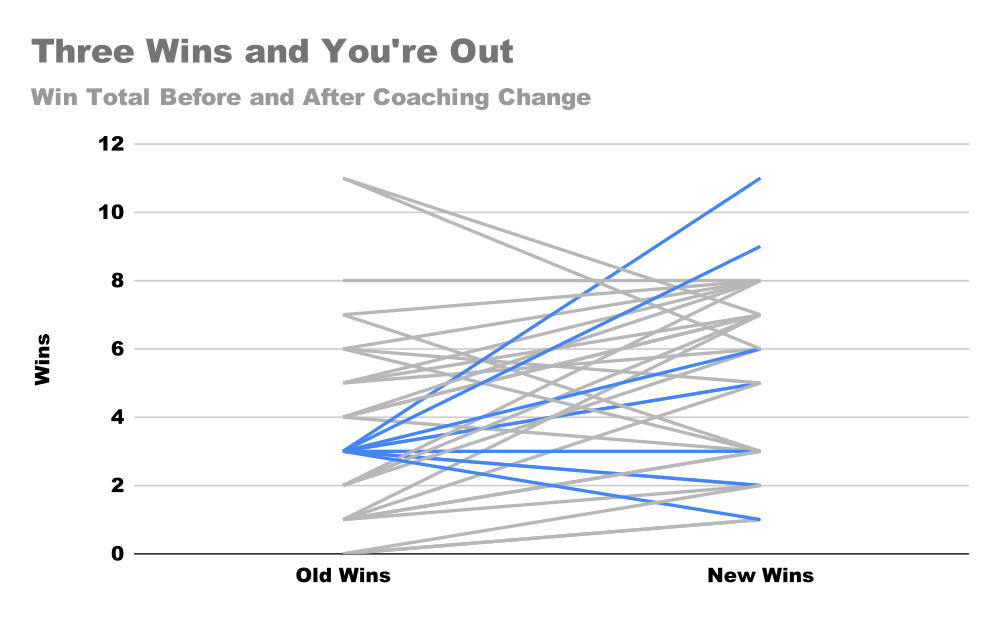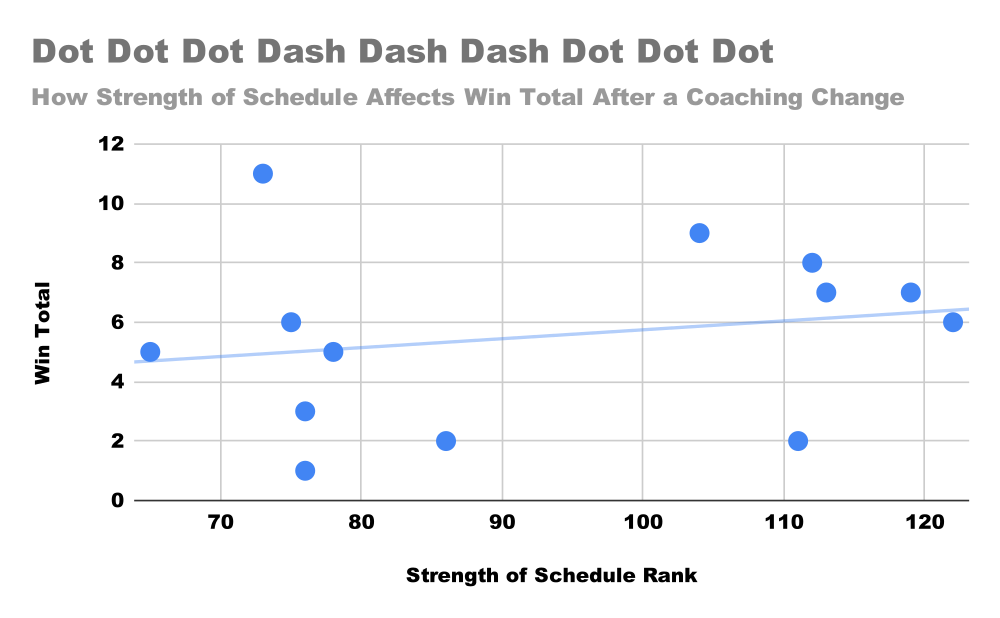It’s been a while since we’ve had a football coaching change. Nearly a decade has passed since someone other than Skip Holtz commanded the sideline.
Whether in football or in life, a big change leads to a lot of uncertainty. Was it the right call to make the switch at head coach? Can we expect Sonny Cumbie to lead Tech to a conference championship in the near future? And just how bad will this first season be with a nearly entirely new roster?
That last question is what I’m the most curious about. Hopes are high in Ruston for the former Texas Tech interim coach, but the stakes are pretty low in his first year. Anything short of an 0-12 embarrassment would probably be accepted by fans as long as Cumbie’s second season goes better.
But how likely is a winless season? And on the other end, is a bowl game even a possibility?
The first thought for many Tech fans may be to look back at the last Tech coaching change after the 2012 season. But Skip Holtz replaced Sonny Dykes in a situation completely different than the one Tech finds itself in 2022. In Dykes’s last year in 2012, Tech ranked as high as 19th in the AP poll and ended the year at 9-3. Holtz’s final season ended at 3-9 and in the Top 25… of the worst teams in college football by SP+.
So to get an idea of what to expect in the first year under a new head coach, we need more data.

Since 1994, Tech has made five (well, now six) coaching changes. The one that most closely resembles this year’s situation is the 2006 firing of long-time coach Jack Bicknell. Bicknell had put together some bowl-eligible campaigns in his eight seasons as head coach, but his last few years in Ruston were not as impressive.
Like Skip, Bicknell ended his final season in Ruston with three wins. New coach Derek Dooley was able to improve that to five wins the following season, just missing out on bowl eligibility.
So can we expect five wins in 2022? First, let’s expand the net a bit more.
Since 1994, there have been 37 coaching changes at schools in the current iteration of Conference USA. (That’s an average of 3.3 per school, but some programs like UTSA cheat by not existing until 2012.)
Let’s see how each of those 37 schools did record-wise before and after their coaching change:

That’s a lot of lines and a lot of colors. But there is a trend that stands out – the teams that won the most games took large steps back after a coaching change, and the bottom feeder 0 or 1-win schools took small (but meaningful) steps forward.
But if we’re trying to predict how Tech’s season will go this year, we don’t care about 0 or 1 or even 11-win schools. The Bulldogs won three games last year. Let’s focus on how three-win teams did after replacing their coach.

This chart may be easier to read, but it’s also much more difficult to draw conclusions from. In 2017, FAU fired Charlie Partridge after three consecutive 3-win seasons. The next year Lane Kiffin led the Owls to 11 wins and a C-USA Championship. But other teams have not been as fortunate. In 2013, a 3-win FIU team replaced Mario Christobal with Ron Turner and went on to only win one game in 2014 (and only by one point!).
So this means that the upcoming season could go very well or very poorly. That’s not particularly helpful.
But just looking at win totals glosses over quite a bit of nuance summarized by three big points:
- Some new coaches are just better than other coaches,
- Some teams retained more talent than others through a coaching change, and
- Strength of schedule
There’s not much we can do with the first point. We will have to wait and see just how good of a coach, play-caller, and recruiter Sonny Cumbie is. But we can explore the second and third points.
Returning production is a stat that gets thrown out a lot around this time of year. The general idea is that a team that returns more contributing players ends up doing better the following year. And when a new coach is brought in, many players often head out.
We have returning production numbers dating back to 2016 and that gives us numbers for 5 of the schools that won 3 or 4 games the year before the coaching change.
| TEAM | RETURNING PRODUCTION | OLD WINS | NEW WINS |
| 2016 UTSA | 60% | 3 | 6 |
| 2017 FIU | 85% | 4 | 8 |
| 2017 FAU | 83% | 3 | 11 |
| 2019 WKU | 76% | 3 | 9 |
| 2020 UTSA | 65% | 4 | 7 |
All of these schools won more games the year after the coaching change. In fact, since FIU in 2013, every time a 2, 3, or 4-win school has fired their coach, they’ve gone on to win more games the following year.
Tech’s returning production this year is 58%, lower than any team on the table. But UTSA’s numbers from 2016 and 2020 are close enough that we can see that team without a lot of returning production can make a bowl game in the first year of a new head coach.
But there’s one more place to look to try to predict how this season will go: Strength of Schedule (SOS).
For SOS data, we can go back further, to 2006. And for teams that won between 2 and 4 games before their coaching change:

It seems pretty obvious to think that the tougher the schedule, the fewer games a team will win. And the trendline on the chart does show that, on average, teams with an easier schedule (so a higher number SOS rank) end up winning slightly more games, but only barely.
Tech’s 2022 preseason SOS rank is 71st. The only 2, 3, or 4-win team with a tougher strength of schedule after a coaching change was also Tech, back in 2007. That was the coaching change brought up at the top of the post – where Derek Dooley got the Bulldogs to 5 wins.
We started this journey to try to figure out what to expect this year. Teams that won three games the previous year tend to be unpredictable the season after a coaching change. High returning production numbers tend to produce higher win totals, but even teams that return about as much production as Tech still got themselves bowl eligible. The strength of schedule may be the biggest thing holding the Bulldogs back in 2022, but how much of that is attributed to one game – Clemson?
Here we are in the final paragraph and it still feels like we don’t know how Tech will do in 2022. But that may also be the point. Before we write off this season as a “rebuilding” year, we need to realize that a bowl game is not off the table. And before we over-hype ourselves, we need to realize this could be a painful season to watch. Nobody knows just how this season will go. And isn’t that pretty exciting?

